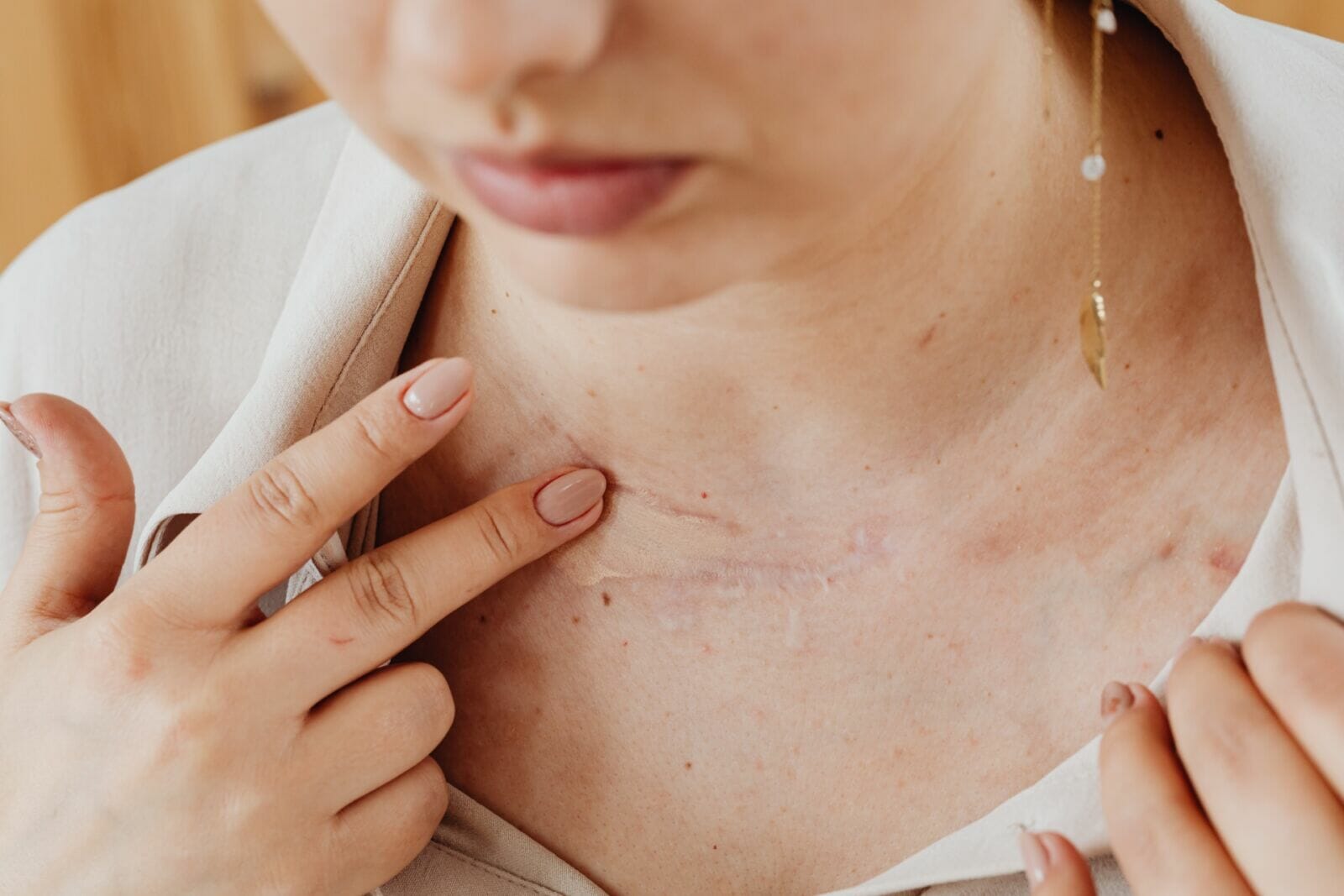Scars often tell tiny pieces of our story as individuals. They’re reminders of events in our lives. But everyone does not want to be reminded and most of us would rather not have them. At the very least reducing the visibility of the scar would be a small victory. In some cases, scars can be just as much a visual reminder as a painful reminder. When it comes to painful or unsightly scars, there are some remedies that you can take advantage of that can make a difference.
1. Hypertrophic Scars
Hypertrophic scars are typically thick and raised. They almost always begin to develop a few weeks after the injury/surgery, and they are always confined to the boundaries of the original injury site. These types of scars will often heal on their own over time, but they can also be helped along with the topical application of pure CBD oil. Many CBD oil consumers prefer to take it internally or sublingually, but this is not the best way to handle scars.
2. Keloid Scars
Keloids are recognizable by their thick and rounded clusters of scar tissue at and around the site of a skin wound. What makes keloid scars different from hypertrophic scars is that keloids extend beyond the original scar site. They’re typically treated by freezing them off, steroid injections and laser surgery. Oftentimes these treatments will provide minimal results. Those with dark skin are more prone to keloid.
3. Adhesions
Adhesions are a type of internal scarring. They occur between unconnected internal organs or tissues. Adhesions can occur anywhere in the body (including the eye and joints) and can become larger and tighter over time, and sometimes cause organs or body parts to twist or become displaced. These are very uncomfortable scars that are usually surgically repaired. Of course, with surgery comes the risk of developing more adhesions.
4. Contractures
Contractures usually occur on large areas of damaged or lost skin, like burn scars. These types of scars are very uncomfortable because the skin heals with very little elasticity and is stretched between the edges of the scar. These types of scars can be very painful when located on or near joints. The most common treatments for contractures are removing the scar tissue and replacing it with skin grafts or skin flaps, a Z-plasty and tissue expansion. Topical CBD applications can help alleviate some of the pain and discomfort.
Research is still being done to test the effectiveness of CBD and scarring. In general, what CBD does for scars is to help reduce the pain, discomfort, itching and irritation that often comes with scars. Older scars are unlikely to see much visible improvement, however the irritation may be relieved to some degree. When treating scars with CBD, make sure you’re using a high quality CBD ointment, cream or patch. CBD topical treatments might even pair well with a scar revision surgery to help speed healing and reduce scarring.




